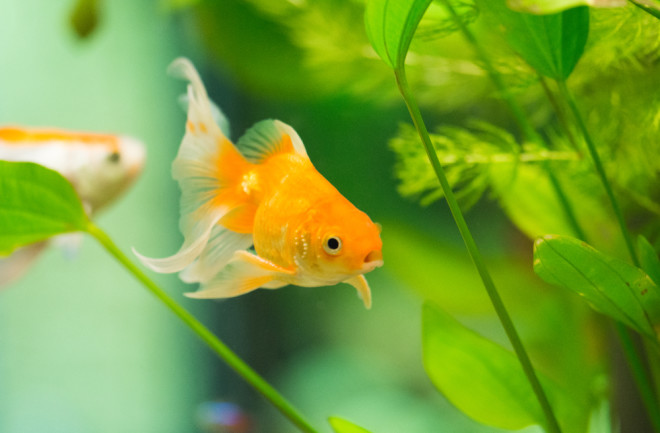Flushing fish to freedom is a common cartoon theme, but has become a growing global problem for rivers or lakes. In 2003’s Finding Nemo, a Moorish idol trapped in an aquarium yearningly tells Nemo that, “all drains lead to the ocean.” The movie prompted viewers to flush their fish, or set them free in bodies of water.
Goldfish in particular are an invasive species that are thriving in freshwater, but causing ecological damage and endangering native species. In the Niagara River, officials pulled out a 14-inch goldfish. In Minnesota, the city of Burnsville displayed an 18-inch goldfish found in Keller Lake, and wildlife officials in Carver County caught as many as 50,000 pounds of goldfish living in multiple lakes.
Wildlife conservationists are trying to stop goldfish from taking over rivers and lakes. However, the lack of research as to how goldfish live in the wild is a major challenge for this task. Up until the last decade, there have been few studies on how goldfish migrate and spawn in the wild. Wildlife officials need this data to stop goldfish from taking over and causing permanent damage.







